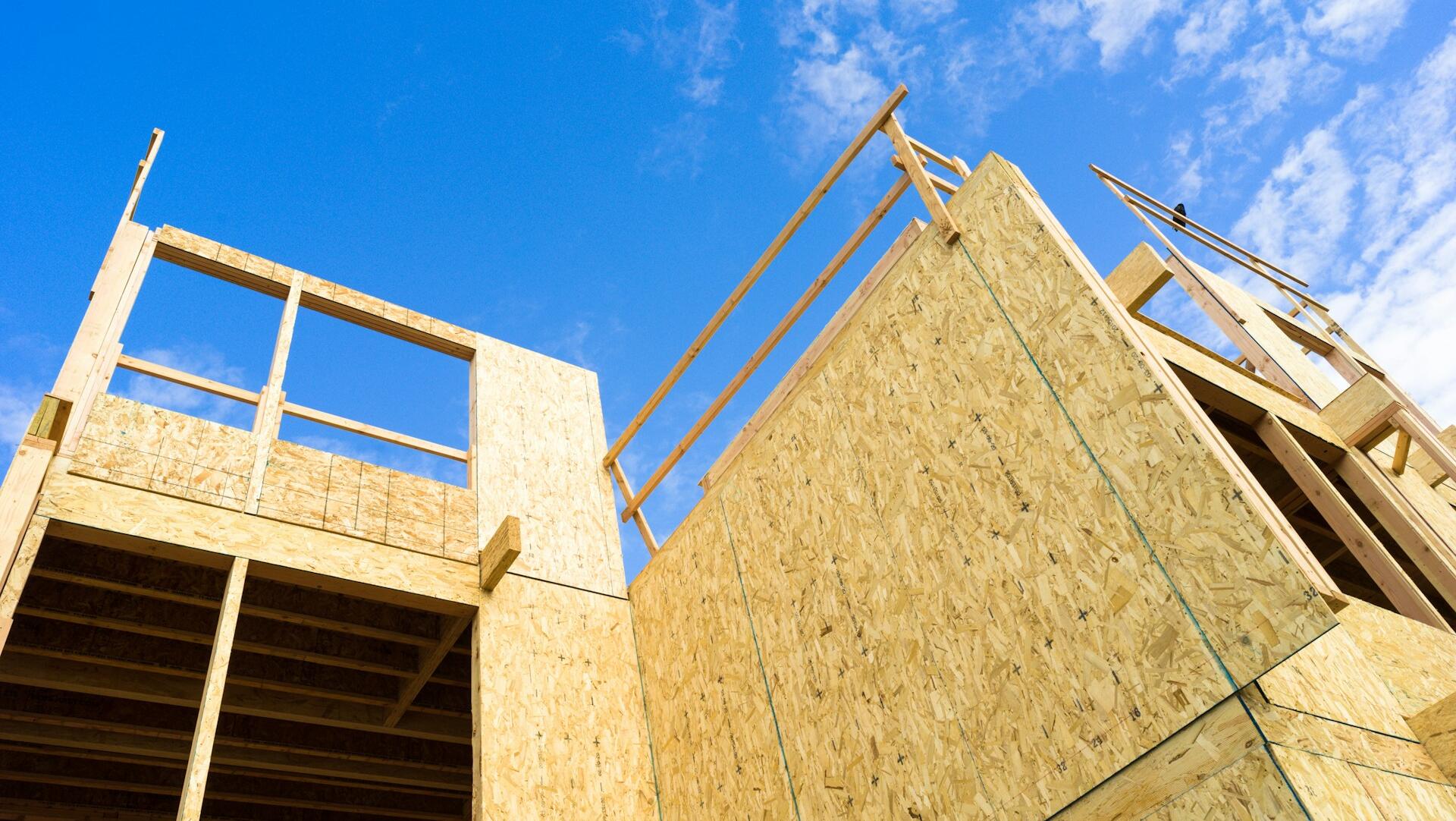The bottleneck of houses under construction has started to ease, according to the Australian Bureau of Statistics (ABS).
Australia's national statistical agency said the surge in residential building in 2021 led to labour and materials shortages, projects stalling at various stages of construction and new houses taking long to complete.
“Extreme weather events and construction industry insolvencies further added to the construction delays, leading to a bottleneck of houses under construction, which has started to ease through mid-2023,” the ABS said in article.
The “Home building through the pandemic article” about residential building approvals and activity in Australia from 2019-2024 covers the period before, during and since the emergence of COVID-19 in Australia.
The data was sourced from the ABS’s monthly Building Approvals, Australia and quarterly Building Activity, Australia publications.
“The conditions for residential building in Australia have changed considerably over the past five years,” the ABS said.
Total dwelling approvals (174,528 dwellings) and commencements (172,959 dwellings) fell in 2019-20 to the lowest annual totals since 2013-14 as a large expansion in apartment building construction in the mid-2010’s ended.
Dwelling approvals and commencements then grew rapidly, driven by private new houses and changing migration patterns including growth in regional population.
“Global supply and trade shortages meant that the industry was unable to keep up with the construction of these new dwellings, ultimately leading to a bottleneck of dwellings under construction and longer completion times,” the ABS said.
“These conditions have led to higher construction costs, creating a challenging environment for builders and prospective new home owners.”
Dwelling approvals and commencements surged in the second half of the 2020-21 financial year following the introduction of record low interest rates and government stimulus programs directed at home building.
Total dwelling approvals and commencements in the 2020-21 financial year rose to 221,974 and 213,379 respectively, up 27.2% and 23.4% respectively to the highest levels since 2017-18.
Stimulus came from the HomeBuilder program announced in June 2020, which provided eligible owner-occupiers with a grant of $25,000 to build a new home, or substantially renovate their existing home.
“Since 2020-21, dwelling approvals and commencements have fallen each year, coinciding with increasing interest rates and construction costs,” the ABS said.
In 2023-24, dwellings approved and commenced fell below 2019-20 levels to the lowest totals since 2011-12.
Since the March quarter of 2023, improvements in the trade and material supply, and lower approvals have allowed the industry to gradually worked through the backlog of houses.
